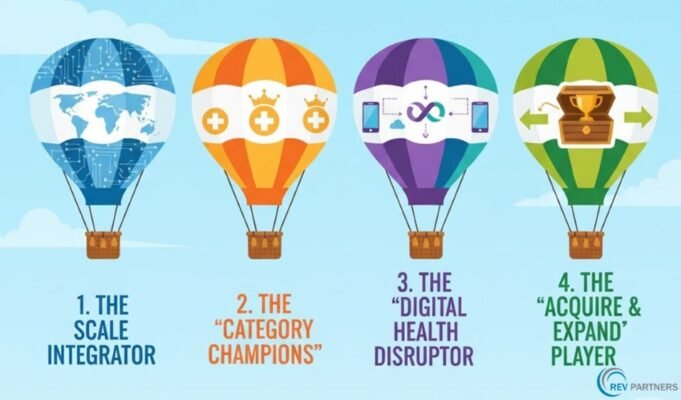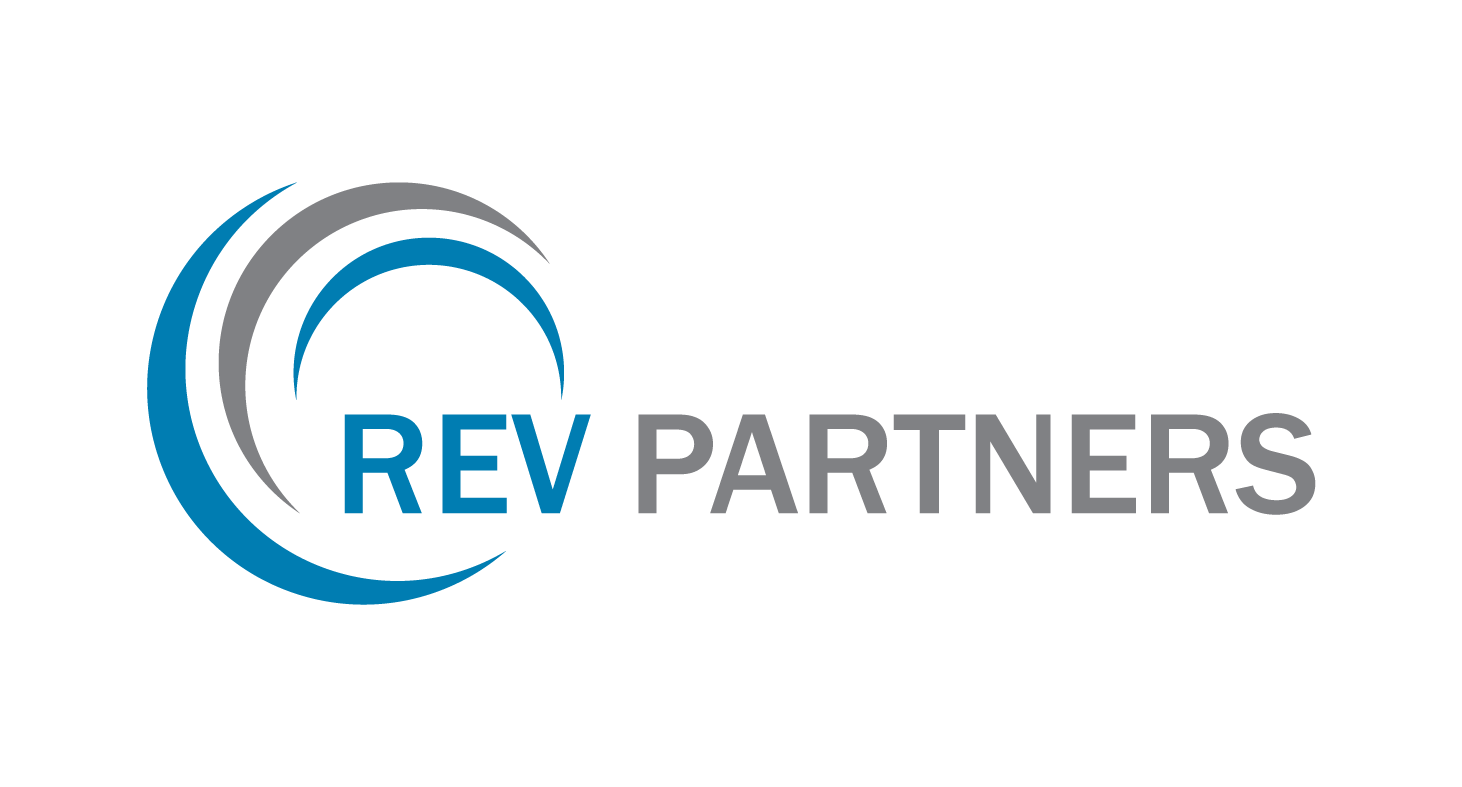Models for Market Leadership in MedTech
The European medical technology sector stands at a critical juncture. While it remains a global powerhouse, the market is undergoing a profound structural transformation. The traditional playbook that drove decades of growth is under sever pressure (if not obsolete), and a deep bifurcation is emerging between incumbents who successfully adapt and a “long tail” of players trapped by new economic and regulatory pressures.
MedTech CAGR, might look healthy at a glance, however, it is a misleading average. It masks a deep, internal bifurcation. The overall market is a blend of two distinct markets: a legacy market of commoditizing devices (e.g., standard implants, wound care) facing extreme price pressure, and an emergent market of data-driven solutions & devices (e.g., AI diagnostics, remote patient monitoring, digital therapeutics) that is expanding at at a higher clip. The central strategic question is how to decisively choose and win in the high-growth, emergent segments.
Emerging Winning Archetypes in MedTech
The market pressures and the new value framework are forcing companies to make a choice. Four distinct “Winning Archetypes” are emerging. Players who fail to align with one of these models will be trapped in the “middle” – lacking the scale to be an ‘Integrator’ and the focus to be a ‘Disruptor’ – and will face inevitable margin erosion and decline.

ARCHETYPE 1: THE SCALE INTEGRATOR
- Who They Are: The large, incumbent Scale Leaders. These are companies like Medtronic, Siemens Healthineers, and Philips, which have the capital, portfolio breadth, and operational footprint to engage in large-scale partnerships-
- Core Logic: They win on scale and integration. They leverage their comprehensive portfolios and service capabilities to execute the “Beyond the Device” strategy at a system level.
- Strategy & Business Model: They move from a-la-carte device sales to providing holistic solutions for a hospital’s system-level problems – such as managing Cath Lab efficiency, optimizing patient throughput, or managing the carbon footprint of an entire department. This requires shifting the financial relationship from a transaction (CapEx) to a partnership (OpEx). Their business models are long-term “Integrated Health Solutions” and “Value Partnerships”, which include flexible arrangements like pay-per-use, subscription, or performance-sharing contracts.
- Key Capabilities: Deep HEOR and RWE generation, sophisticated “beyond the device” contracting, global logistics and service integration, and C-suite/economic buyer relationship management.
ARCHETYPE 2: THE ‘CATEGORY CHAMPION’
- Who They Are: This is the classic, dominant European archetype, exemplified by the German “Mittelstand”. These are often medium-sized, frequently family-owned, companies that are nonetheless global market leaders in a highly specific, narrow clinical category. They are the “Hidden Champions” of the industry. Examples include firms like Karl Storz in endoscopy, Dräger in ventilation and anesthesia, and B. Braun/Aesculap in surgical instrumentation.
- Core Logic: They win on unassailable depth and quality, not breadth. They “own” a niche. Their moats are built over decades and are grounded in strong patent portfolios, proprietary precision manufacturing, and deep, multi-generational relationships with clinical Key Opinion Leaders (KOLs).
- Strategy & Business Model: Their strategy is “Build-to-Own” and “Build-to-Last,” not “Build-to-Acquire.” They are “category kings” who reinvest profits into focused R&D to maintain their quality and innovation leadership, making their product the “gold standard” that is difficult to displace. Their long-term, often family-owned capital base allows them to prioritize market leadership and engineering excellence over short-term quarterly returns.
- Key Capabilities: World-class precision engineering (e.g., “Made in Germany”), deep clinical expertise within their chosen niche, and a brand synonymous with quality and reliability among specialist clinicians.
ARCHETYPE 3: THE ‘DIGITAL HEALTH DISRUPTOR’
- Who They Are: The agile, focused innovators from the long-tail. These are often startups, university spin-offs, or “deeptech” players. Examples include Neko Health and EIT Health’s ProHeart.
- Core Logic: They win on focus and speed. They do not attempt to compete with the ‘Value-Based Partner’ on scale or breadth. Instead, they identify a single, high-value clinical problem and solve it with superior, data-native technology (e.g., AI, Software as a Medical Device (SaMD), wearables).
- Strategy & Business Model: Their strategy is typically not to build a 30-year, standalone company, but to achieve a rapid, high-multiple valuation and exit. There are two primary paths:
- “Build-to-Acquire”: The focus is on R&D for a single, novel asset, protecting it with strong intellectual property, and generating a clean data package to make it a compelling, “bolt-on” acquisition for a ‘Value-Based Partner’.
- “Build-to-Reimburse”: This model targets new, fast-track digital reimbursement pathways, bypassing traditional procurement. The exemplar is Germany’s Digital Health Applications (DiGA) pathway, which provides a clear, structured route to reimbursement for approved SaMDs
- Key Capabilities: Agile software development, AI/data science expertise, robust IP strategy, and a “regulatory-first” mindset focused on specific reimbursement pathways.
ARCHETYPE 4: THE ‘ACQUIRE & EXPAND’ PLAYER
- Who They Are: A new, highly sophisticated hybrid model, typically backed by Private Equity. An example is Ajax Health.
- Core Logic: This model is designed to solve the “innovator’s dilemma” (i.e., large companies are often slow to innovate, while small companies are too weak to scale or survive regulation). It creates a “middle path” to innovation.
- Strategy & Business Model: This is a two-part structure:
- Acquire the “Chassis”: A PE firm or holding company acquires a large, established, but “stagnant” medtech company (the “Chassis”), such as Cordis. This Chassis provides the essential, high-cost infrastructure: a global sales force, existing commercial relationships, and, most importantly, the regulatory compliance and market access infrastructure.
- Fund the “Growth Driver”: Simultaneously, the firm funds a separate, off-balance-sheet R&D accelerator (the “Growth Driver”), such as “Cordis-X”. This entity operates with the speed, incentives, and agile culture of a “Disruptor”.
This hybrid model was created as a direct response to the market failures observed in the last decade. It de-risks capital, market, and operational risk, isolating only the technical risk. The ‘Disruptor’ (Growth Driver) innovates, and the ‘Incumbent’ (Chassis) scales and commercializes that innovation, allowing the new entity to capture the full value chain – the value that ‘Disruptors’ were previously leaving on the table for their acquirers.
My experience suggests that the strategic imperatives CEOS and Boards is to definitively identify its “right to win” and organize the business to execute that archetype’s playbook.
——————————————————————————————————————————-
ABOUT REV PARTNERS
REV Partners. Business Transformation Experts. Digital Transformation Experts. We are a Management Consulting & Advisory firm. We help Fortune 500 & Private Equity clients address the most pressing issues related to Transformation, Strategy, Operations, Organization and Digital. We can also provide experienced experts as Interim “Chief Transformation Officer” or equivalent, to accelerate, lead and execute ambitious Business Transformation or Digital Transformation programs. If you or your organization need support, please contact us, follow us on Twitter or Email us at: meet@revpartners.com.
© REV Partners. All Rights Reserved.

